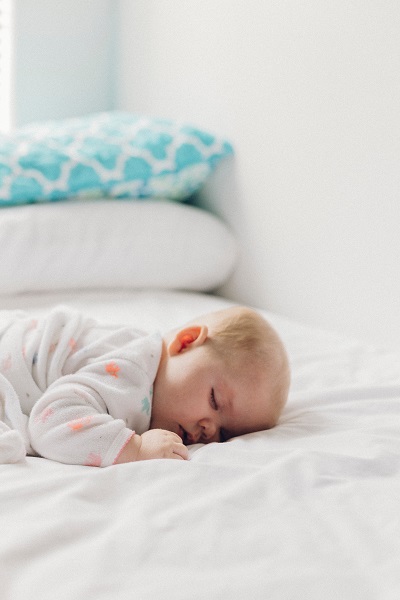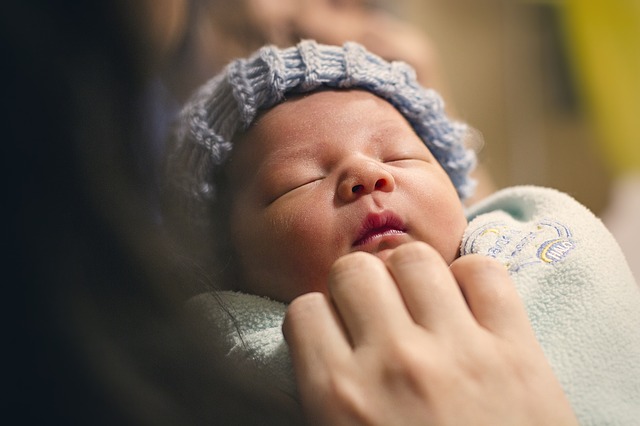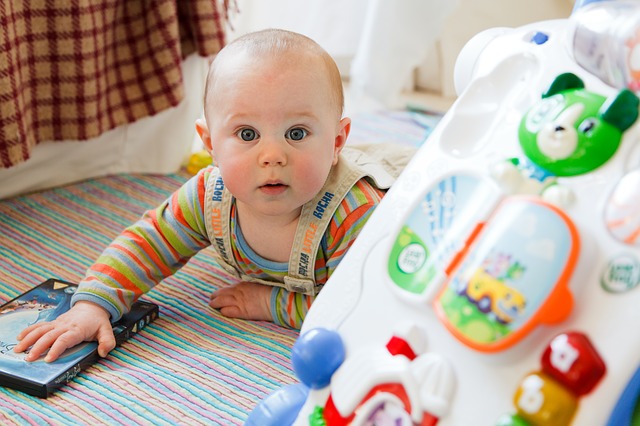Why Choose
Cloth Nappies?
Cloth nappies are better for the environment, they save you money compared to the use of disposables. They feel comfortable against babies skin, and are easy to use!
The information provided on these FAQ pages aims to answer some of the questions you may have regarding the use of cloth nappies. Hopefully, they will help you make a decision on the style of nappy you want and how to look after them. However, if you have any questions that have not been answered here, send us an e-mail and we will be happy to talk to you about your options.
Health Benefits
Cloth nappies do not contain the chemicals and perfumes that disposable nappies do. Their natural fibres, such as cotton and bamboo, allow your baby’s skin to breathe. Even the cover is breathable.
Science has conclusively shown that nappy rash is related to the frequency of changing, not the type of nappy. Nappy rash is the biochemical effect of urine reacting with faecal bacteria to create ammonia, which can burn your baby’s delicate skin. If baby is dry and in a chemical free fabric then rashes will be greatly diminished. Cloth nappies have been shown to reduce the incidence of nappy rash. With a disposable nappy, it is often hard to tell how wet the nappy is, often resulting in the nappy being left on the baby for longer periods. You need to ensure baby is changed often enough and nappies are thoroughly washed. For more information on how to care for your nappies, click here.
Comfort
Modern cloth nappies are made with soft, breathable fabrics. They are manufactured with elasticated waists and legs for a more comfortable fit. Many include stay dry linings to keep your baby comfortable and dry.
The Cost of Cloth Nappies
Over the lifetime of a nappy, the cost of a cloth nappy is a fraction of the cost of disposables. This can save you thousands of dollars compared to using the leading brands of disposable nappy. And for your second and third child, the savings are incremental. For more information, visit How much does it all cost?
Reliability
The design of modern cloth nappies means they are shaped to your baby. They are constructed with extra layers where needed. Boosters or pocket inserts also make their absorption adjustable according to your babies changing needs.


Environmental Impact
When assessing the environmental impact of cloth versus disposable nappies, it is important to look at the whole life cycle of a nappy. This includes raw materials, manufacturing, transportation and waste effects. Studies have reported that it takes as much energy to produce one disposable as it does to wash a cloth nappy 200 times. In addition it is well accepted that disposables will take 500 years to decompose in landfill.
Did you know that if you used just 1 cloth nappy a day for the average 2 ½ years that your baby is in nappies you’ll save around 310kg of waste going into landfills!
The environmental impact of cloth nappies can be further minimized by changing the way you care for your cloth nappy. Drypailing, using energy efficient washing machines and drying nappies out in the sun all reduce the environmental footprint of your cloth nappies (and help to reduce your household costs!).
Ease of Use
Cloth nappies are very easy and simple to use. Solids can be simply rinsed off and the nappies stored in a lidded nappy bucket for two or three days. Nappies can then be thrown in the washing machine and hung on the line to dry. Sunlight naturally bleaches, deodorizes and sanitises the nappies. Most cloth nappies can also be tumble-dried on low heat if need be. Once you have a system in place that works for you, your choice to use cloth will be fast, easy, efficient.
For more information on how to care for your nappies, visit What care do cloth nappies need?




